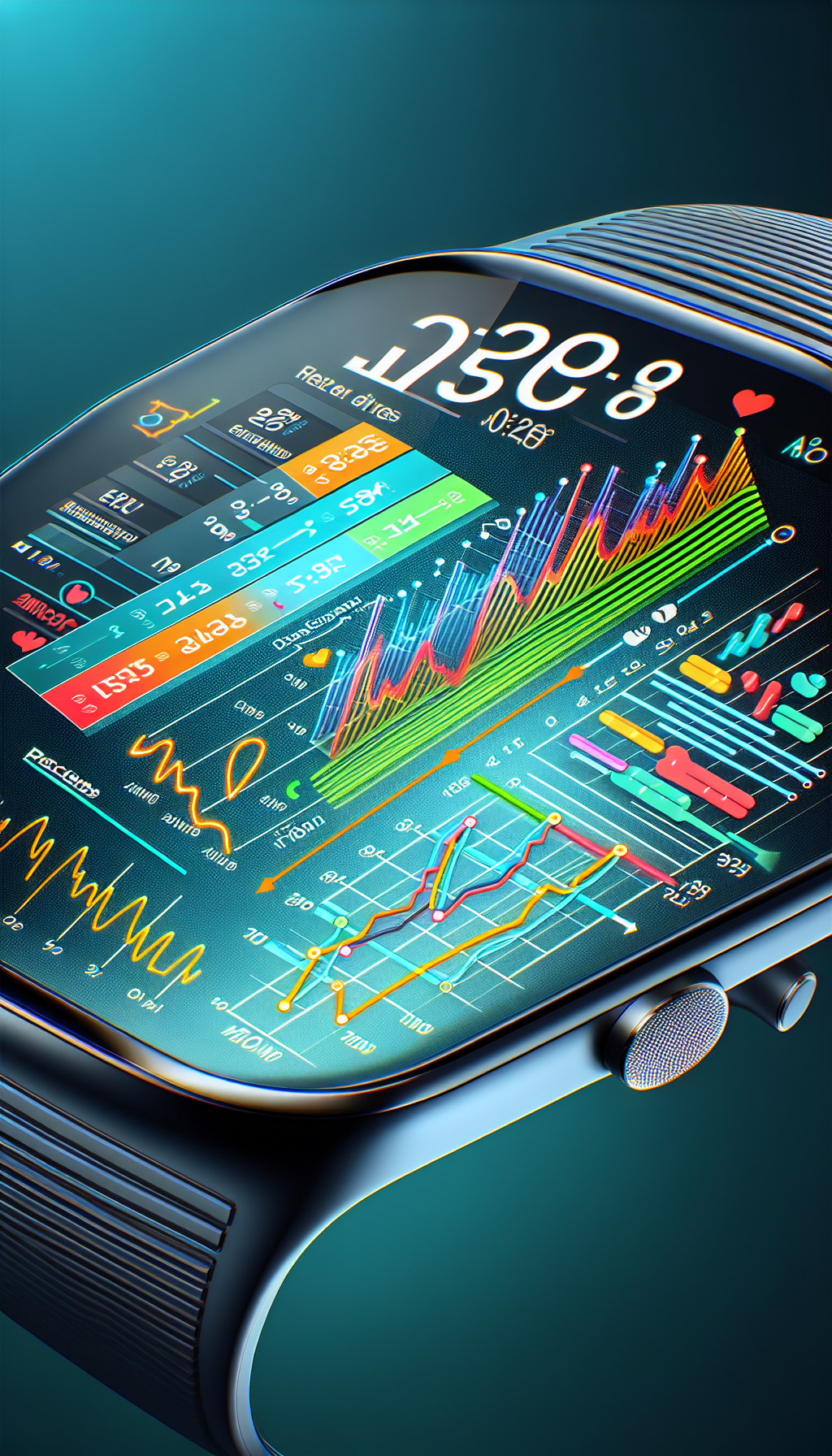In a world where technology and health intersect more than ever, fitness trackers have become indispensable tools for those looking to lead a healthier lifestyle. However, simply wearing a fitness tracker is not enough. To truly benefit from these devices, one must understand how to optimize their use. In this comprehensive article, we will explore the most effective ways to make your fitness tracker work for you, ensuring that each step, heartbeat, and calorie burned is recorded and used to guide you on your fitness journey.
Understanding the Basics
Before diving into optimization, it’s essential to grasp the fundamental functions of a fitness tracker. At its core, a fitness tracker monitors various aspects of your physical activity, including steps taken, distance traveled, calories burned, and sometimes even your heart rate and sleep patterns. By tracking these metrics, the device can provide insights into your daily activity levels and overall health.
Syncing With Your Goals
To get the most out of your fitness tracker, it’s crucial to align it with your personal health and fitness goals. Whether you’re focused on improving cardiovascular health, shedding weight, or building endurance, your tracker can be customized to monitor the metrics most relevant to your objectives. For instance, if enhancing cardiovascular endurance is your target, paying close attention to your heart rate during workouts will be particularly beneficial.
Accuracy Is Key
For your fitness tracker to be truly effective, the data it collects must be accurate. Wear your device correctly according to the manufacturer’s instructions, usually snugly around your wrist. Some trackers may require calibration for step length or personalized settings to ensure the data reflects your specific body metrics and movement patterns.
Regular Data Review
Merely collecting data isn’t enough; regularly reviewing your progress is vital. Most fitness trackers come with an accompanying app or website dashboard where you can delve deeper into your activity trends. Make it a habit to check your data daily or weekly to understand your patterns, adjust your activities, and stay motivated.
Integration With Other Apps
Enhance your fitness tracker’s capabilities by connecting it with other health and fitness apps. Many trackers can sync with apps that log your diet, such as MyFitnessPal, or with your gym’s workout tracking system to provide a comprehensive view of both your calorie intake and burn.
Tailoring Alerts and Notifications
Customize your device’s alerts to suit your daily routine and keep you on track. Set reminders to move if you’ve been inactive for too long or notifications to hydrate throughout the day. These small nudges can make a significant difference in maintaining an active lifestyle.
Taking Advantage of Sleep Tracking
Don’t underestimate the importance of rest. If your fitness tracker has sleep tracking capabilities, use it to analyze your sleep patterns. Not only can this help you ensure you’re getting enough rest, but it can also identify any potential issues with your sleep quality, which is crucial for recovery and overall well-being.
Joining Online Communities
Many fitness trackers offer online communities where you can connect with other users, participate in challenges, and find support. Engaging with these communities can provide extra motivation and accountability, encouraging you to reach your fitness milestones.
Merging Mindfulness and Activity
Mindfulness can play a significant role in your fitness regimen, and some trackers include features that help you monitor stress or guide you through breathing exercises. Integrating mindfulness into your routine can enhance the mental health benefits of physical activity, as detailed in the article Integrating Mindfulness into Your Fitness Regimen.
Learning From the Experts
There is a wealth of knowledge available from fitness experts who specialize in using technology to enhance training. Websites like ACE Fitness offer in-depth guides and articles on effectively utilizing fitness trackers to maximize your workouts and track your progress.
Balancing Technology With Intuition
While fitness trackers offer concrete data, it’s important to balance this with your own body’s feedback. Pay attention to how you feel during and after workouts. If you’re consistently fatigued or not seeing the expected progress, it may be time to adjust your fitness plan or consult with a professional.
Keeping Firmware and Software Updated
Ensure that your fitness tracker’s firmware and software are up to date. Manufacturers frequently release updates that can improve accuracy, introduce new features, or enhance user experience. Regular updates will help keep your device functioning at its best.
Staying Informed
The fitness world is constantly evolving, with new research and trends emerging regularly. Stay informed about the latest in fitness and health by reading articles like those on Sustainable Fitness Habits for Long-Term Health and Understanding the Science of Muscle Growth to complement the data from your fitness tracker.
Using Data to Overcome Plateaus
Fitness plateaus are a common challenge, and your tracker’s data can be a valuable asset in overcoming them. By analyzing your activity levels, you may spot patterns that indicate it’s time to increase the intensity or variety of your workouts. More insights on this topic can be found in the piece Overcoming Plateaus in Your Fitness Journey.
In conclusion, when used correctly, fitness trackers can be powerful tools that provide insights and motivation to help you reach your health and fitness goals. By understanding the device’s capabilities, customizing it to your specific needs, and using the data it provides wisely, you can optimize your fitness tracker for maximum benefit. Remember, the ultimate goal is not to chase perfect numbers but to foster a healthier, more active lifestyle that leads to long-term well-being.



